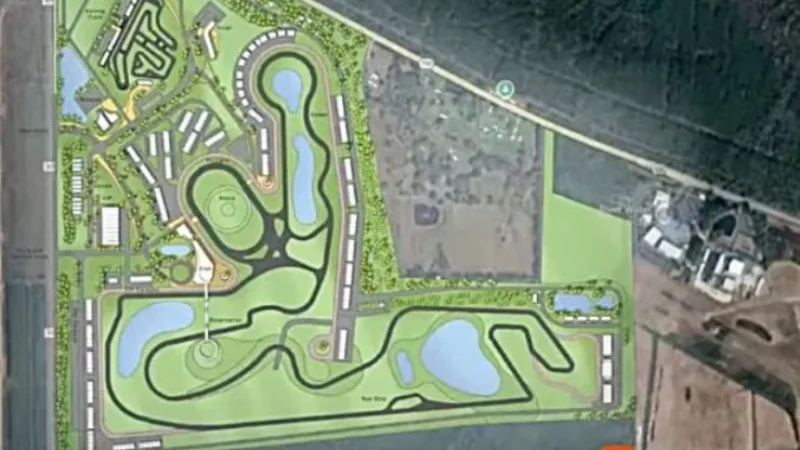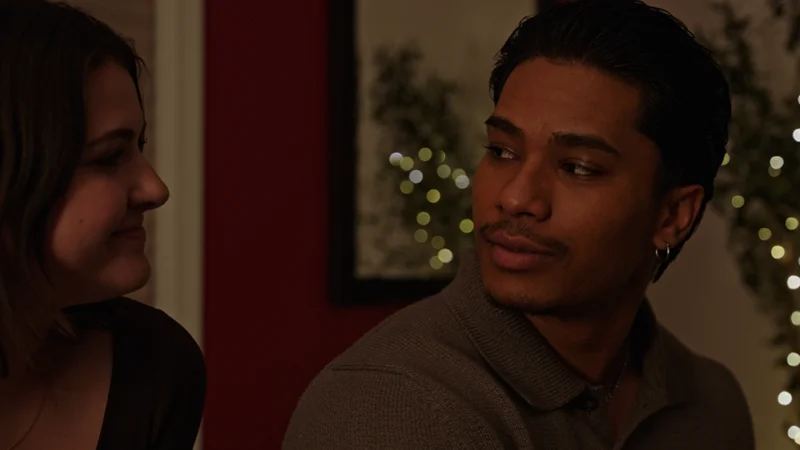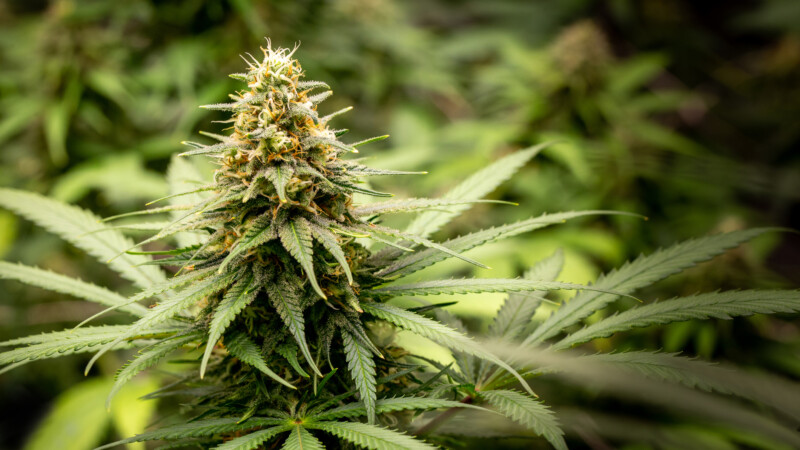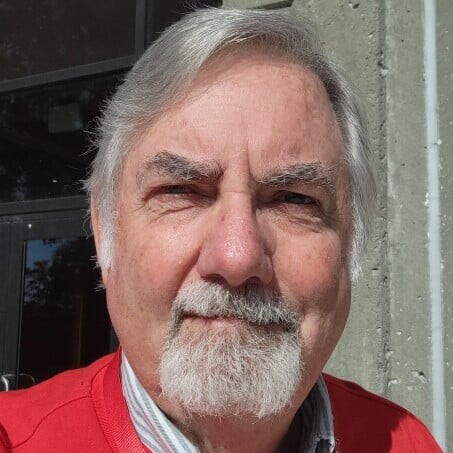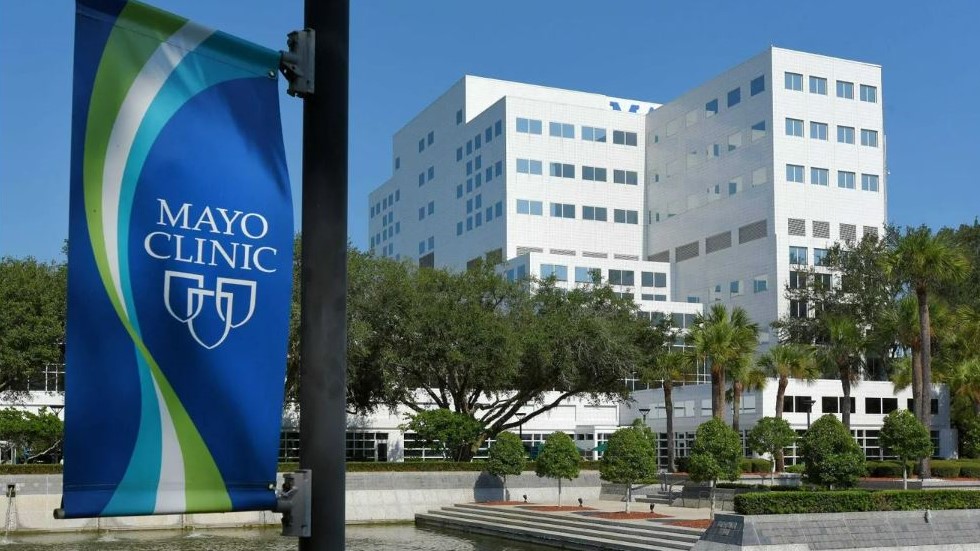It remains a relatively unknown part of Jacksonville’s history — actually, two parts of its history.
Standing on a parcel of land on Arlington Road is the only remaining piece of Jacksonville’s busy silent-filmmaking past, its silver screen history now almost ready to open for public tours.
Some $1 million in renovations to Norman Studios‘ Production Building at 6337 Arlington Road also has preserved “the only surviving race film studio in America,” as described in a 2015 document.
By this summer, the 111-year-old facility, a National Historic Landmark, should be ready to publicly show its history as Eagle Films from 1916 to 1920, then as Richard Norman’s high-quality silent “race films” studio, which produced films specifically for Black audiences.

This is a vitally important part of Jacksonville history, as well as the nation’s, said Barbara Wingo, executive director and curator of Norman Studios Silent Film Museum.
“The need for these and the desire for these films — at that particular point and time there was very little in the way of positive images of Blacks in films,” Wingo said. “I think I am putting that actually mildly. And so, the kind of virulent racism that you see in such films as ‘Birth of a Nation’ in 1915 certainly required some kind of response. And part of it was the growth of these films, which had already started.”
Long before Hollywood …
Jacksonville was the original Hollywood, home to about 30 silent-film studios from 1908 through about 1917, before the industry moved to California. One of those, first built as a cigar factory, became Eagle Studios in 1916 with a two-story production office on Arlington Road.
Behind it and still intact was a dressing cottage, wardrobe building, generator/garage and a large film stage Eagle Films added in what is now a church on Commerce Street. A swimming pool for aquatic scenes was there, covered over decades ago, along with a long-gone water tower to supply the complex.
Norman, a white film producer who made silent films specifically for Black audiences, bought the complex in 1920.
“Norman, who obviously was aware of this market for films in African American theaters, decided he would try his hand at it,” Wingo said. “‘The Green-Eyed Monster’ … was extremely popular. He made a lot of money and did very well with that (1919) film. That caused him to move on and make more race films.”

Through 1928, Norman then made films including “Regeneration” and “The Flying Ace.” The only survivor is “The Flying Ace,” a World War I epic inspired by Bessie Coleman, the first licensed African American female pilot. Part of the full-size biplane prop built for the film survives and soon will go on exhibit, joining a police officer’s hat and a dialog card shown in the silent film now on display.
A bit of “Regeneration” footage survives, as does a miniature boat used in the film. So does a poster describing it as “a girl, a man, cast upon an uninhabited island, a garden of Eden, then the serpent.”
When silent film moved west to Hollywood, Norman stayed to make film equipment such as an early sound system. His wife set up a dance school in the production office, then in the film stage. Ultimately, electrical contractor Hugh Smith bought most of the property in 1974. The film stage was sold to the Circle of Faith Ministries.
A silent-film museum
The city bought the studio site, minus the Commerce Street studio, in 2002. The museum group formed in 2007 to preserve the facility, finding multiple artifacts connected to its filmmaking as it continues to raise funds to further restore the entire facility and do educational outreach. With $1 million in city funding secured in 2019, improvements included air conditioning, plumbing, a handicap-accessible ramp, new flooring and lighting, plus public bathrooms and other improvements.
The renovation was delayed by COVID-19, but it is basically complete. Calling the transformation “amazing,” Wingo points to original wooden walls that were restored and moved to separate the first floor into a reception area and gift shop.

“We also hope to have an animatronic Richard Norman over in this corner,” Wingo said. “It is the only existing race film studio, period. It is one of the few, if not the only existing silent-film studio that has all of its parts, if you will.”
Visitors would next go to a room with exhibits and information on Jacksonville’s history as the winter film capital in the early 1900s, in what was the film editing area. That room is where the old film vault is as well. Now, empty film canisters and developing chemical containers are displayed on its original shelves inside foot-thick brick walls and a steel door.
“Nitrate film was highly combustible, so if you got it near heat or flame, it was apt to explode,” she said.
The original film processing area on the north side of the main building is being redone to show how early movies were made. Then the east side will tell the story of Norman’s work on films with all-Black casts, as well as what race films were, Wingo said. Displays now include the model boat and other artifacts. One of Norman’s desks is also on display, with some original light fixtures set to be reinstalled.

The Norman family also has an historical collection from the silent-film days that will be displayed after the city completes some final work on the building, as well as other artifacts in storage now.
The second floor, which contains intact projector and film screening rooms as well as as the Norman’s former quarters, is yet to be restored. Museum officials hope the city will fund its restoration at some point. The nonprofit studio board also has been fundraising to buy the film stage from the church, which is willing to sell.
The nonprofit museum does hold film history events and virtual seminars as work continues. A public sneak preview is set for May, with the museum opening later in the summer after board members discuss it, Wingo said. The museum also plans to resume its regular Silent Sunday screenings of period films with live musical accompaniment.
For more information about the studio, its fundraising and events, go to normanstudios.org.
9(MDEwNzczMDA2MDEzNTg3ODA1MTAzZjYxNg004))



